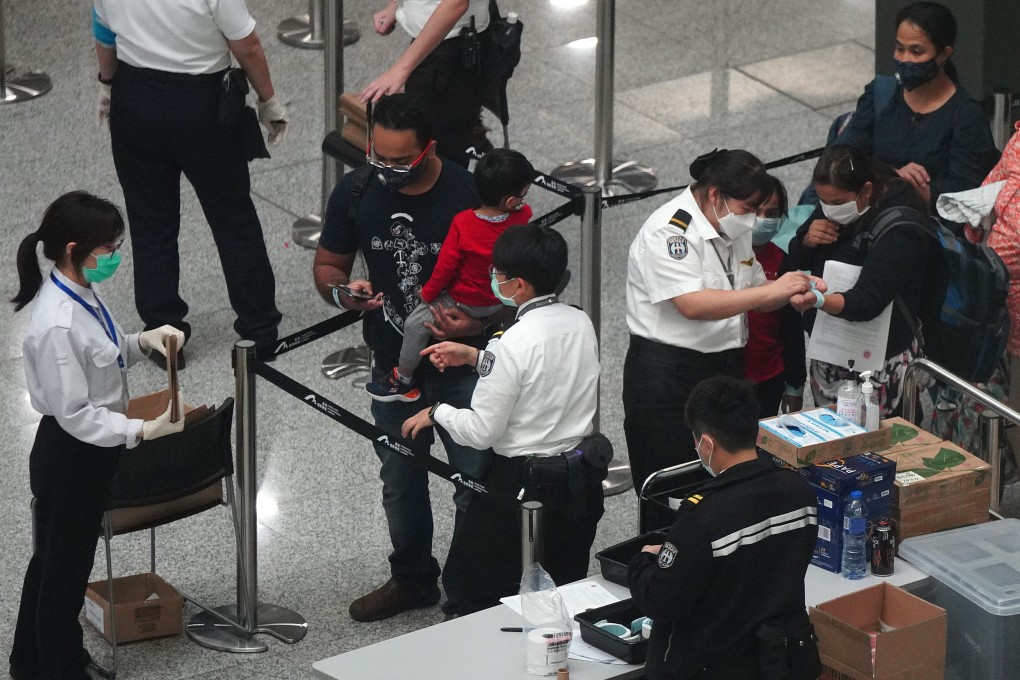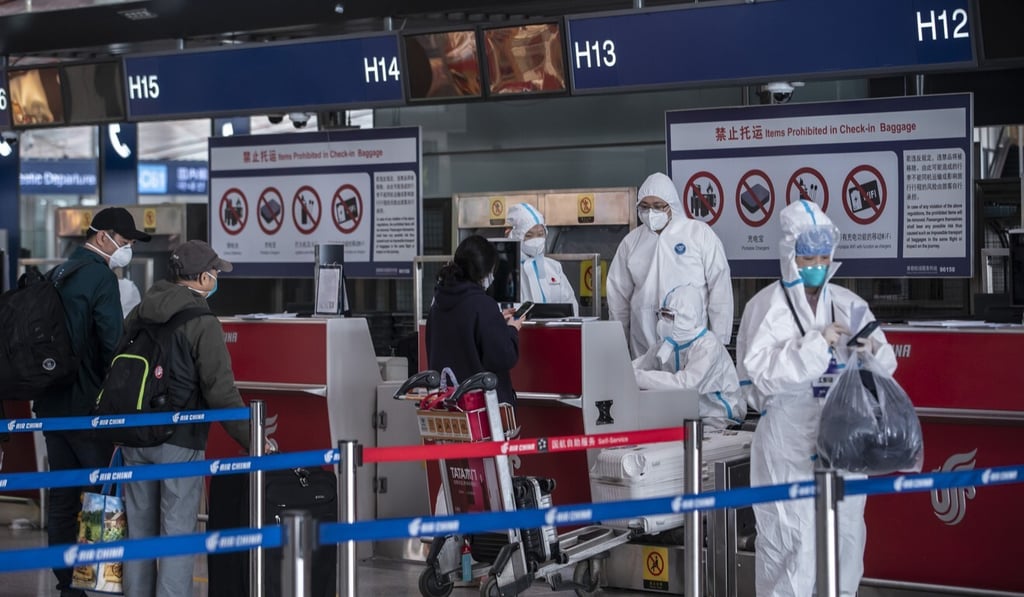Letters | Why coronavirus third wave in Hong Kong does not surprise
- One need only compare and contrast the approaches to the pandemic in Beijing and Hong Kong to see why one city is succeeding and the other is struggling
- Hong Kong is shown up by the capital city in areas such as quarantine procedures at the airport, testing protocols and protection for health workers

Having just experienced quarantine and infection control in Hong Kong and Beijing, I am not surprised at the new surge of Covid-19 cases in Hong Kong.
At the Beijing airport, officials and health workers wore high-grade masks and hazmat suits. In Hong Kong, it was surgical masks and loose gowns. In Beijing, passengers from each flight were kept together and separated from those on other flights. In Hong Kong, they were all mingled together. In Beijing, testing was done with swabs. In Hong Kong, saliva test cups were just tossed into a bin.
In Beijing, buses to the quarantine hotel were 25 per cent full, the driver wore full hazmat gear and had a plastic screen to protect him. In Hong Kong, the buses were full and the driver had a surgical mask with no screen.

In Beijing, the lobby of the quarantine hotel was carefully distanced, there were multiple checks and collection of information on origin, phone numbers and installation of the health app on phones. In Hong Kong, the lobby was bedlam, room allocation took a long time and there was no health app.